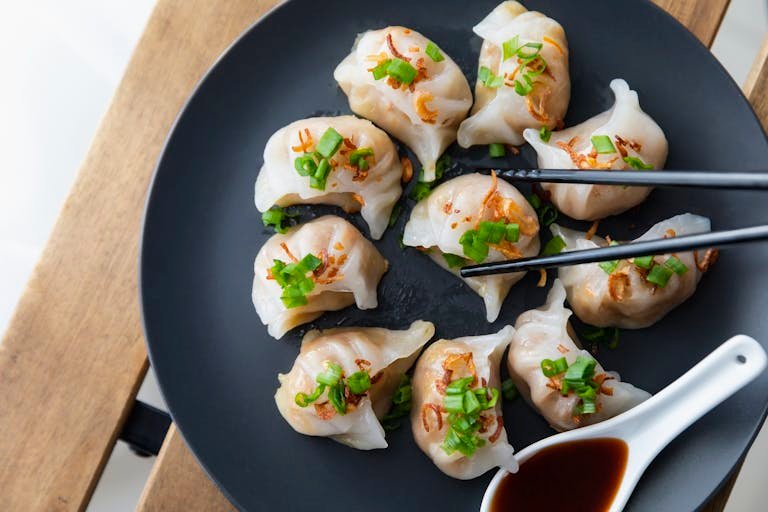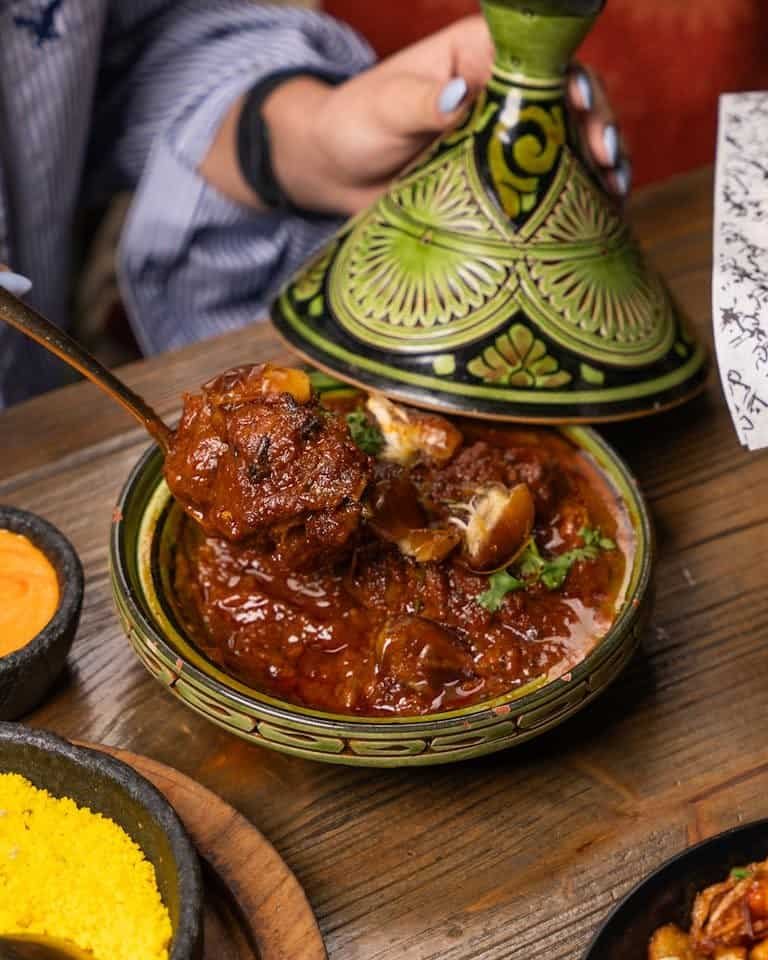5 Umami Flavors: The Best Guide to Understanding This Secret
Discover the magic of umami flavor, the fifth taste that transforms cooking. Explore its origins, science, and how to master this delicious flavor sensation.

Did you know that around 70% of professional chefs worldwide now view umami flavor as essential as salt in their cooking? Get ready, because we’re about to explore the fascinating and often misunderstood world of this unique taste sensation!
What are Umami Flavors?
Let me take you back to when I first learned about umami flavors. I remember thinking, “Oh great, just another fancy food term I’ll likely forget.” I couldn’t have been more mistaken!
Umami is more than just a buzzword – it’s a genuine taste sensation that translates to “deliciousness” in Japanese. Discovered by the brilliant chemist Kikunae Ikeda in 1908, umami flavor embodies that magical, savory flavor that makes you go “Mmm!” when you bite into something truly scrumptious.
What Does Umami Flavors Taste Like?
Now, let’s dive into the science (in the most exciting way). Our taste buds have specific receptors for umami that light up when they encounter glutamate. It’s like a flavor celebration, and glutamate is the star of the show!
When you consume something rich in glutamate, these receptors send signals to your brain that shout, “THIS IS DELICIOUS!” That’s why a perfectly aged steak or a slowly simmered tomato sauce feels so rewarding. Your body is truly enjoying a complex chemical festivity.
What are Some Examples of Umami Flavors?
From the miso-rich dishes of Japan to the hearty stews of Italy, umami is all around us – even if we don’t always notice it. Growing up, my grandmother would often say that her secret to great cooking was “layering flavors,” and I had no idea she was essentially referring to umami!
In Japanese cuisine, umami flavor is truly an art. Ingredients like kombu (seaweed), bonito flakes, and soy sauce are packed with umami goodness. But this isn’t just limited to Asian dishes – Western cuisines are full of umami flavor as well. Parmesan cheese, aged meats, mushrooms, and tomatoes are umami champions that have been enhancing our meals for ages.
What are the Five Flavors of Umami?
Here are my favorite umami flavor rich ingredients that always enhance a dish:
- Meats: Aged beef, cured ham
- Mushrooms: Shiitake, porcini
- Fermented Foods: Miso, soy sauce, fish sauce
- Cheeses: Parmesan, aged cheddar
- Vegetables: Tomatoes, sundried tomatoes, asparagus
How Do You Get Umami Flavor?
A tip I’ve learned from years in the kitchen is that slow cooking is your best friend for achieving umami flavors! Techniques like braising, aging, and fermentation really enhance those delicious glutamates. Don’t rush through your recipes; patience is key to developing deep, umami flavors. Remember, low and slow is the way to go!
Slow Cooking Magic
The change I’ve seen in tough cuts of meat after a 12-hour slow cook is truly remarkable. Last winter, I made a beef bourguignon that had my neighbors knocking on my door! The trick? Cooking low and slow breaks down proteins into free glutamates, creating umami explosions. For optimal results, I suggest using a high-quality slow cooker. The Ninja Foodi 9-in-1 Deluxe XL has been my trusted choice for years. It keeps a steady temperature and has ample space for larger cuts.
Aging and Fermentation
Fermentation became my favorite way to enhance umami flavors. Here’s what I’ve learned:
- Start with clean, sterilized equipment
- Temperature control is essential
- Patience is key
For those just starting out, I suggest the Mason Jar Fermentation Kit. It has everything you need and comes with foolproof air-lock lids.
Marinades and Rubs
I’ve come up with a reliable umami marinade formula:
- Base: Soy sauce or fish sauce
- Acid: Rice vinegar or citrus
- Umami booster: Miso paste or mushroom powder
- Aromatics: Garlic and ginger
My tip: adding just a pinch of MSG Umami Seasoning to marinades. It’s completely safe and makes a huge difference!
Drying and Concentrating
Do you recall when sun-dried tomatoes became a culinary sensation? They had a good reason for it! Dehydrating ingredients packed with umami intensifies their delicious flavor. I rely on my COSORI Food Dehydrator to create:
- Mushroom powder
- Tomato chips
- Dried seaweed flakes
- Concentrated vegetable stocks
Umami in Modern Cooking
The modern culinary world is undergoing what I like to refer to as an “umami renaissance.” Here are some of the exciting trends I’ve been noticing:
Restaurant Innovations
Leading chefs are exploring umami in intriguing ways:
- Creating garum (fermented protein sauces)
- Making house-made misos from unique ingredients
- Cultivating koji
- Developing vegetable-based umami alternatives
I recently visited a restaurant that aged their own beef in a controlled environment. The 45-day aged ribeye knocked me off my feet! For those interested in home aging, the UMAi Dry Age Bags are fantastic.
Molecular Gastronomy Meets Umami Flavor
The exploration of umami flavors has inspired some innovative techniques:
- Umami pearls made with sodium alginate
- Foams rich in glutamate
- Concentrated umami extracts
- Powdered umami crystals
While some of these techniques may seem elaborate, I’ve discovered that a basic Molecular Gastronomy Starter Kit can help you create restaurant-quality dishes right in your own kitchen.
Home Cooking Revolution
The pandemic has changed our approach to umami in home cooking. Here are some trends I’ve observed:
1.Umami Pantry Essentials:
- Asian fermented pastes
- Dried mushroom varieties
- Aged cheese powders
- Kombu and bonito flakes
2.New Appliance Must-Haves:
- Pressure fermentation systems
- Professional-grade dehydrators
- Temperature-controlled slow cookers
- Sous vide machines
Professional Chef Techniques Going Mainstream
Nowadays, home cooks are embracing professional techniques:
- Making double stock (using stock instead of water for a second batch)
- Infusing oils with umami flavors
- Layering various umami ingredients
- Crafting umami-rich compound butter
I now keep a Digital pH Meter in my kitchen—something I never imagined I would need! It’s crucial for fermentation projects and achieving consistent results.
Pro Tip: Start an umami journal! I document my experiments, successes, and (many) failures. It’s incredible to see how much your cooking can improve when you focus on understanding and enhancing umami flavor.
Mastering the Fifth Taste
Umami flavor isn’t just a taste – it’s an experience. By understanding and embracing this amazing flavor dimension, you’re not just cooking; you’re creating culinary magic!
🔥 Share your favorite umami-rich recipe in the comments! Have you found a secret ingredient that elevates everything? Let’s exchange flavor secrets!
Stay savory, my friends! 👨🍳🥘






